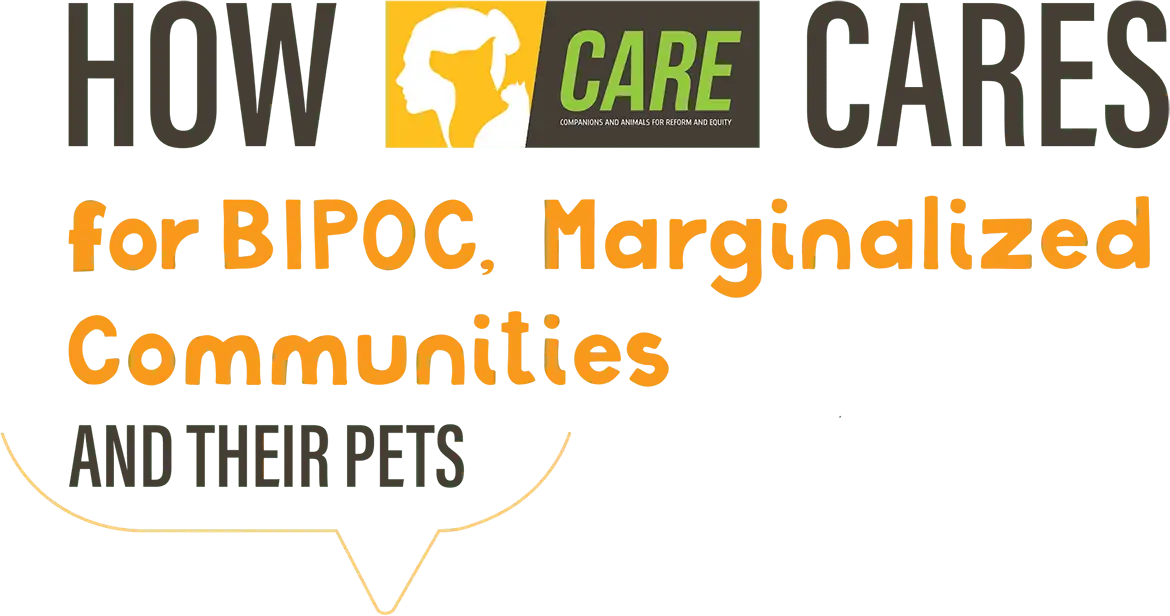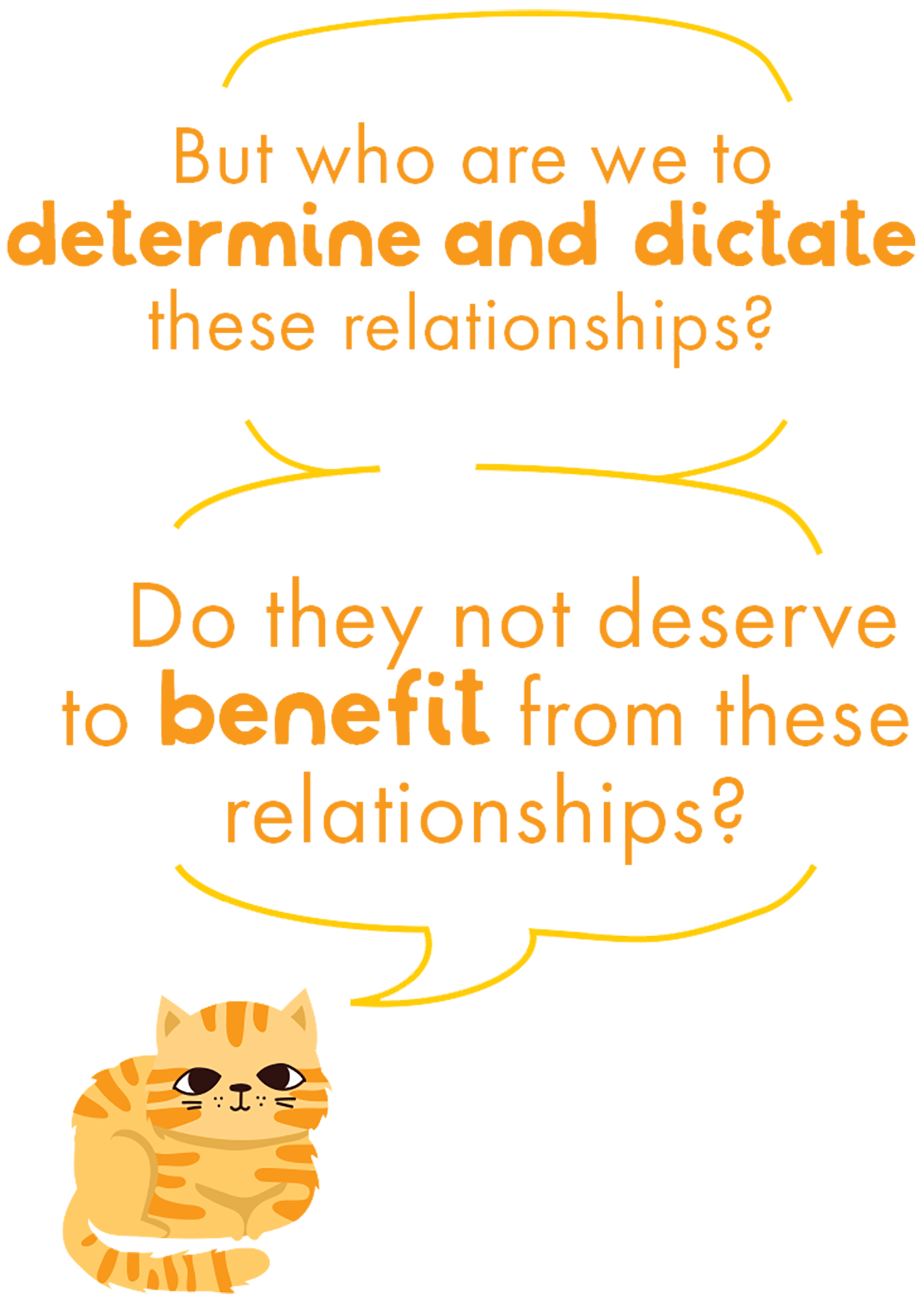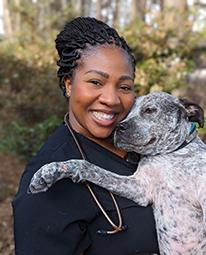



By Dr. Azalia Boyd
ola, a 30-pound American Stafford Terrier, limps into the veterinary emergency room. Her owner, Ms. Gibbs, is a middle-aged African-American woman wrapped in ragged clothes. She requested to see a doctor for Lola’s lameness. It was a busy day in the ER, so she patiently waited for four hours before she was able to see the veterinarian. Upon the physical examination of Lola, the veterinarian expressed his concern about Lola’s current condition. Lola has fleas, a few areas of hair loss and a weight-bearing lameness on her right hind limb.
Feeling helpless, Ms. Gibbs explained that Lola was hit by a car two months ago, and because she did not have the funds, she elected to treat the leg on her own. She proudly explained how she rested Lola, would occasionally give her massages and iced the limb. She went on to share that Lola wasn’t walking on that leg before, but she started using it last week and is doing so much better. But, she wanted to know what else could be done.
The veterinarian recommended Lola have x-rays done, which would cost $400, and proceeded to explain that Lola would likely need surgery, estimated at $3,000. The doctor walked out to give Ms. Gibbs time to think about what she wanted to do…
Ms. Gibbs thought about the day she rescued Lola from the streets four years ago, and how much Lola has helped her autistic son overcome his obstacles at home. They never owned a pet before, but they were a family. She just couldn’t surrender her. So, Ms. Gibbs took Lola home and sought out the opinion of another veterinary facility. Fortunately, her limb was not broken and she did not need surgery, so information was given to Ms. Gibbs for proper preventative care for her companion.
Unfortunately, cases like these are common in Black and Indigenous People of Color (BIPOC) communities. And it’s not uncommon for people to lose their pets simply because they can’t afford veterinary care, many times with very few options available to them.
The veterinary advisory board aims to bridge community leaders and veterinary professionals, including veterinary students, staff members, and faculty to prioritize animal wellbeing and animal health. This is achieved by community-centered events, providing education on animal care to pet owners and community leaders, as well as providing non-biased, judgment-free care to clients and their pets.
With roughly 2,200 pets per single veterinarian, many are burdened with having to offer humane euthanasia due to preventable diseases, suggesting the surrender of animals, removing pets from their owners due to lack of finances, and dealing with double-booked appointments due to a high demand for both wellness and illness care. This burden is causing burnout and lack of satisfaction in the profession. CARE’s solution of community involvement will help lessen that burden nationwide while saving the lives of many pets and humans alike.
The board also aims to increase the recruitment and support of BIPOC veterinarians in our nation’s veterinary schools. As less than two percent of the veterinary population is of the black and brown diaspora, there is a strong need to address the reasons for, as well as improve, this deficit. To help with this, the board will manage a scholarship fund for BIPOC veterinary students to offset veterinary school debt.


Pets are extensions of our families, and if we suffer in degrees of health and access to care, the likelihood is, our pets do too. When our animals suffer, we suffer. Yet for many, veterinary care is simply out of reach. Only about three percent of U.S. pet owners have pet insurance and one in four pet owners experience barriers to veterinary care, often due to financial constraints.
Unfortunately, in the veterinary industry, the reasoning goes, If you can’t pay for veterinary care, you probably shouldn’t have a pet. But who are we to determine and dictate these relationships? Will there soon be legislation preventing pet ownership based on income levels? Who are the individuals and the communities that are most impacted by this? Do they not deserve to benefit from these relationships?
To combat the systems in place that create inequalities in health care, CARE has endeavored to help solve them. However, unlike other animal welfare organizations, to create a positive voice and sustainable change, their focus is human and animal wellbeing, as well as amplifying voices and developing partnerships in the communities affected. CARE is deeply committed to “removing barriers to human and animal wellness using an equitable public health centered model.” One health cannot be one voice; including the voice of the communities involved matters greatly. CARE believes when including marginalized voices, there will be greater change.
There is a lot of work to do, and we may not be able to rectify every human and animal dilemma, but we believe in community. We believe that partnership within the community is the greatest way to affect long-term change. It begins with conversation, respect, deep listening and an open, non-judgmental heart. Every person deserves the health benefits pets provide, and animal wellbeing is crucial to assuring that.
For more information on CARE, visit careawo.org.


